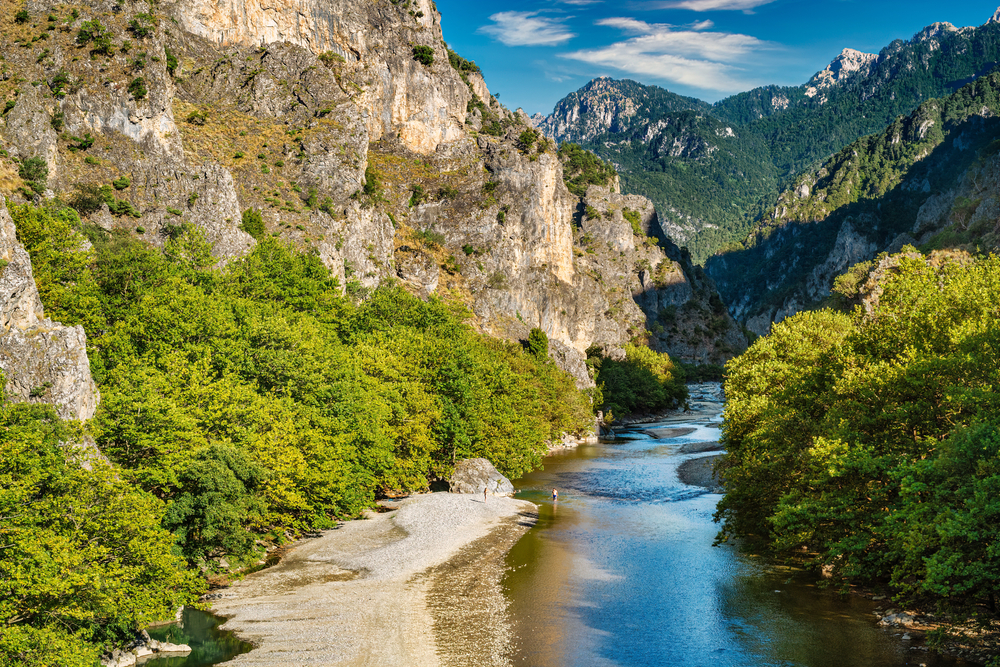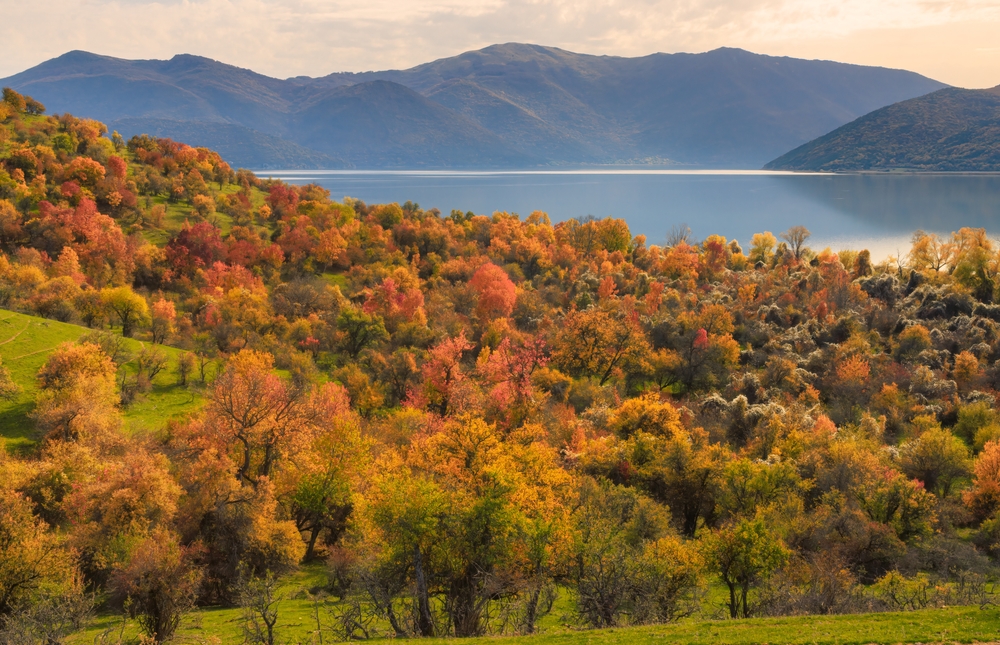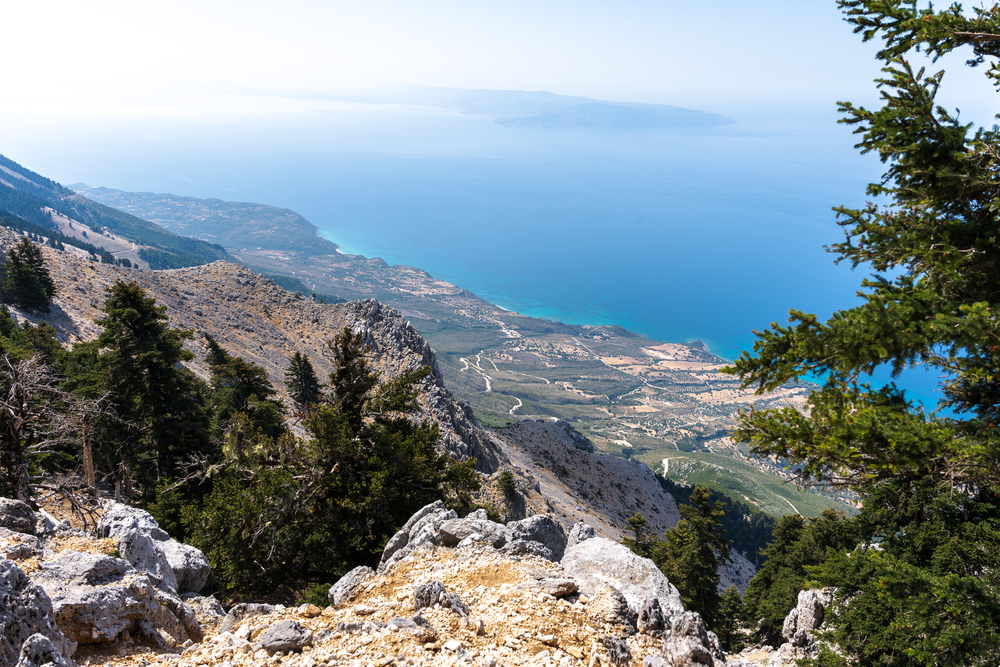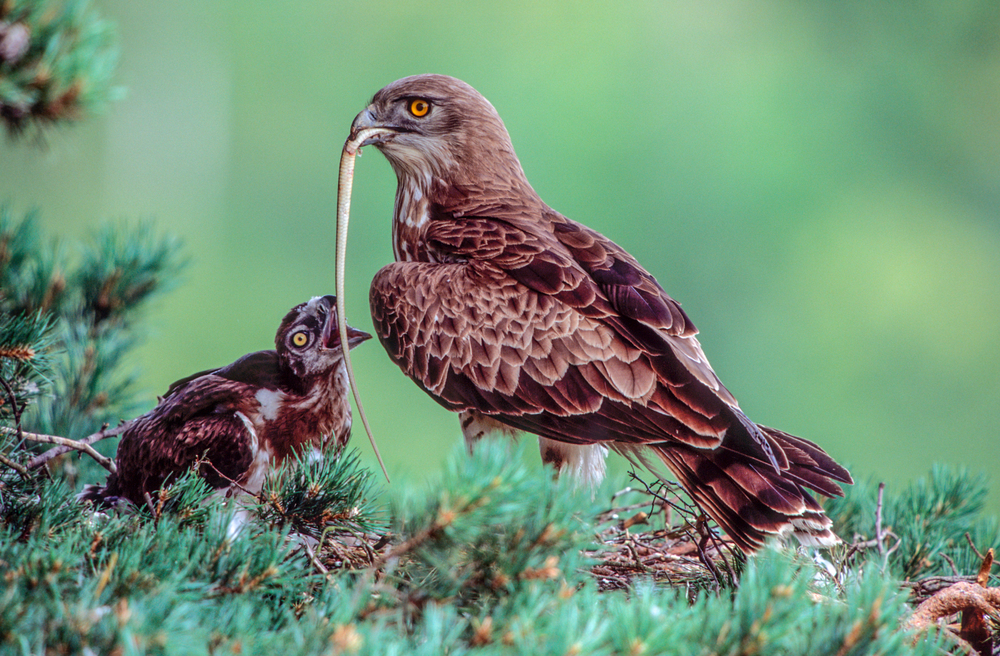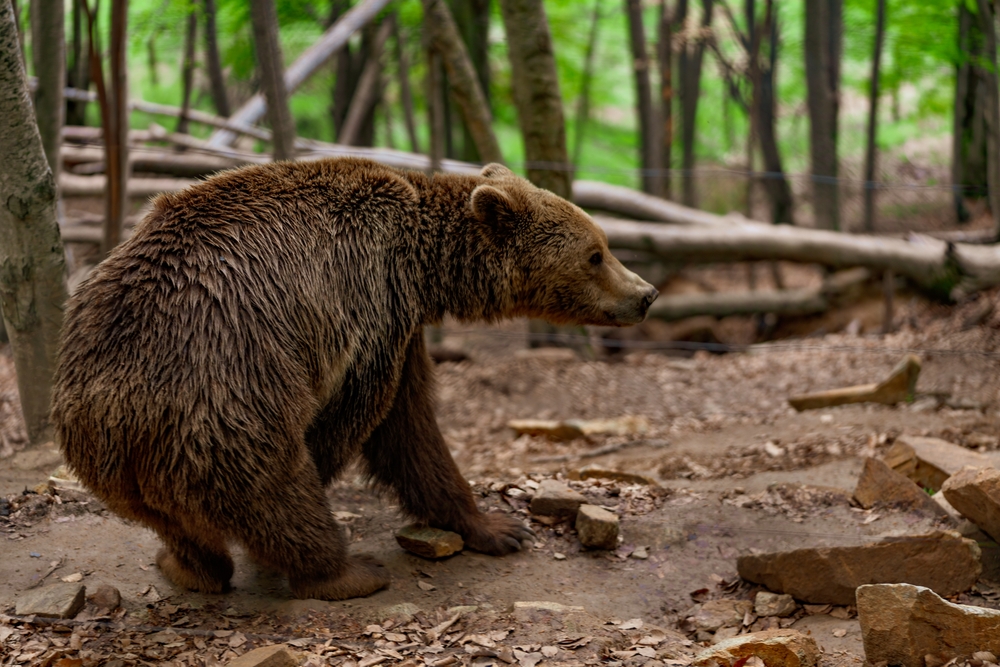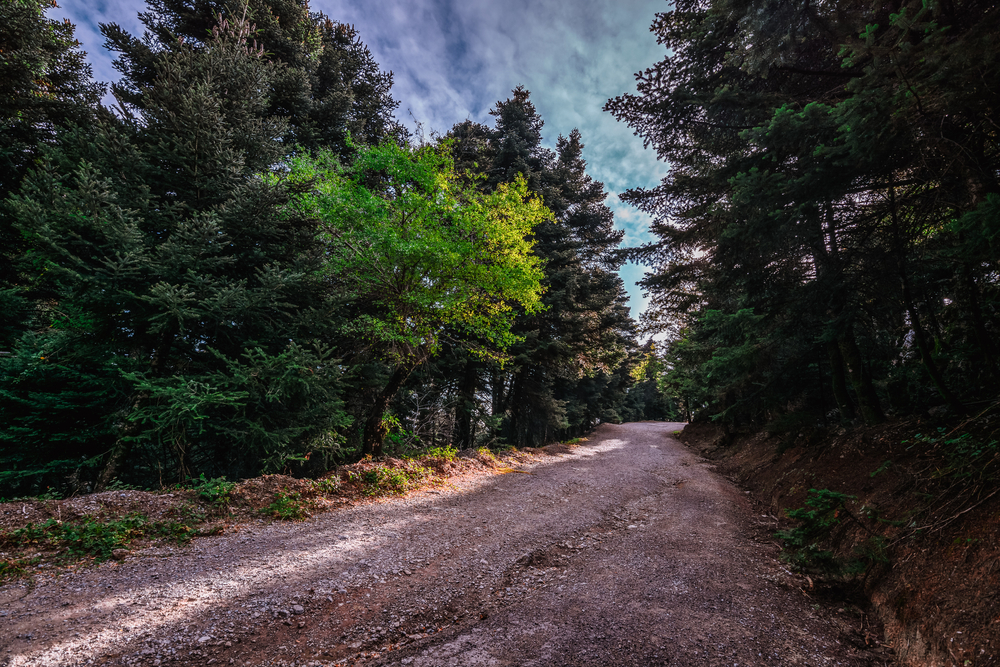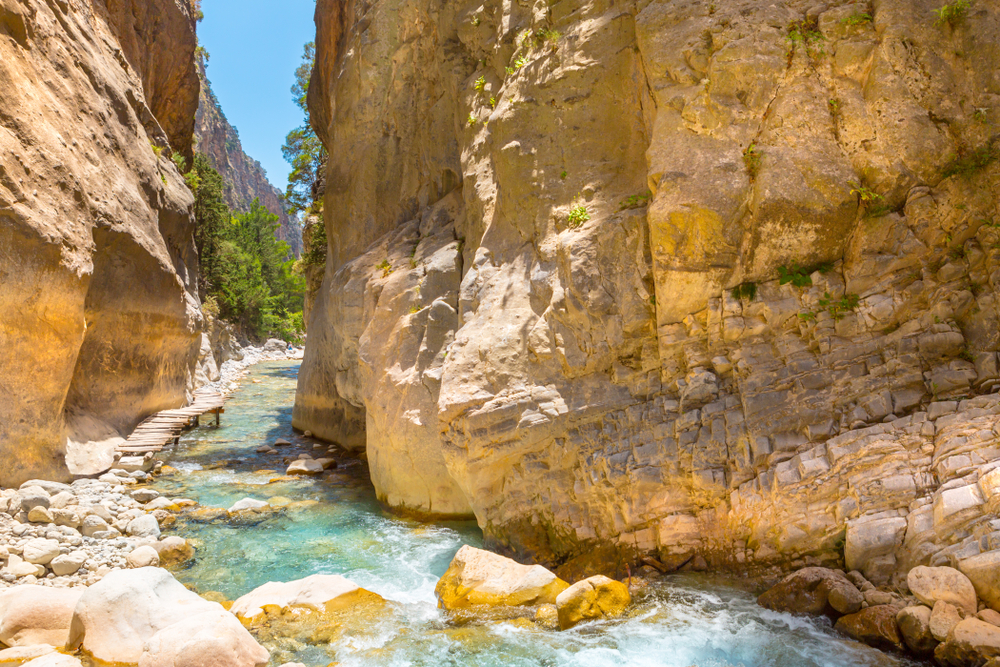Pindus Overview
Pindus National Park, known locally as Εθνικός Δρυμός Πίνδου, is located in northern Greece, covering an area of approximately 77 square miles (198 square kilometers).
Nestled in the Pindus mountain range, the park lies in the Epirus and Western Macedonia regions, offering some of the most dramatic and rugged landscapes in the country. Characterized by dense forests, deep ravines, and towering peaks, the park is often referred to as Valia Kalda, meaning “Warm Valley” in the local Aromanian language. Despite this name, the region experiences harsh winters with heavy snowfall, making it one of Greece’s most isolated and pristine wilderness areas.
The terrain of Pindus National Park is dominated by steep slopes, high-altitude meadows, and thick woodlands. The primary forested areas consist of black pine, Bosnian pine, and beech trees, creating a lush, green expanse that changes into a brilliant array of colors in the autumn months.
The park is also home to a network of rivers and streams, including the Aoos and Arkoudorema, which carve their way through the mountains, forming striking gorges and waterfalls. Among the most remarkable features is the Vikos Gorge, one of the deepest gorges in the world, which, though technically outside the park’s boundaries, is often associated with the region’s breathtaking topography.
The wildlife of Pindus National Park is diverse and rich, with some of Greece’s rarest and most elusive species inhabiting its forests and cliffs. One of the most iconic residents is the endangered Eurasian brown bear, which finds refuge in the park’s dense woodlands. Other large mammals include the European wolf, roe deer, wild boar, and Balkan chamois, a species of goat-antelope that thrives in the park’s rugged terrain.
The birdlife is equally impressive, with golden eagles, peregrine falcons, and the rare Egyptian vulture soaring over the craggy cliffs and open skies. The park also hosts a variety of woodpeckers, owls, and passerine birds that contribute to the rich avian diversity of the region.
Visitors to Pindus National Park are drawn to its unspoiled landscapes and opportunities for outdoor adventure. Hiking is one of the most popular activities, with trails that weave through ancient forests, ascend high ridges, and offer panoramic views of the mountains.
The national park is also an excellent destination for wildlife enthusiasts, offering the chance to spot rare mammals and birds in their natural habitats. The park’s rivers and streams provide a picturesque setting for photography and nature walks, while the region’s remote and pristine character makes it an ideal location for those seeking solitude and a deep connection with nature.
Conservation efforts in Pindus National Park have focused on protecting its fragile ecosystems and ensuring the survival of its rare species. While the park provides a haven for endangered wildlife, challenges such as habitat fragmentation, illegal hunting, and climate change pose ongoing threats.
However, conservation initiatives have seen successes in increasing awareness and strengthening protections for key species, particularly the brown bear. The park is managed with an emphasis on sustainable tourism, ensuring that its natural beauty and biodiversity are preserved for future generations.








































































